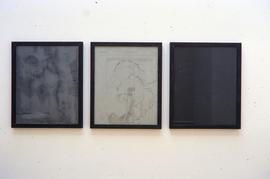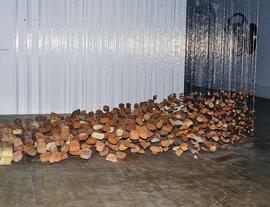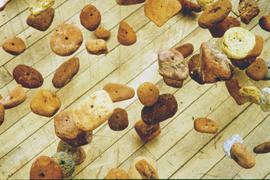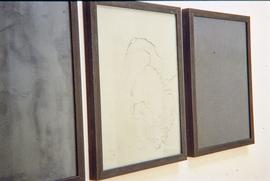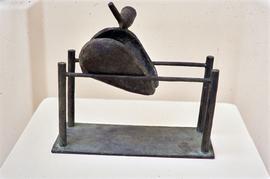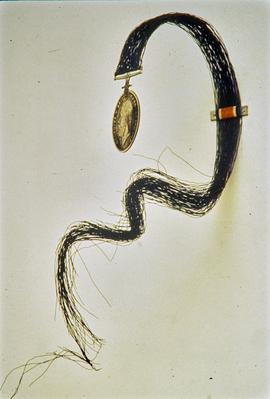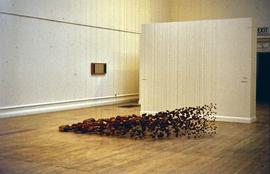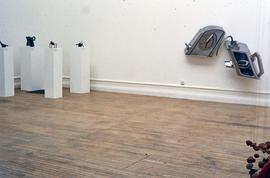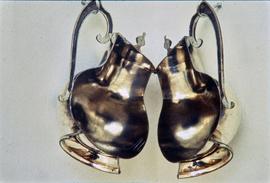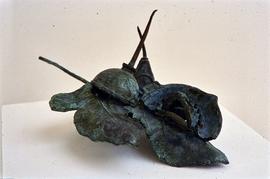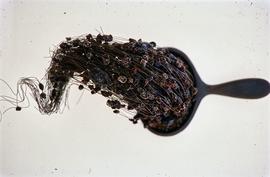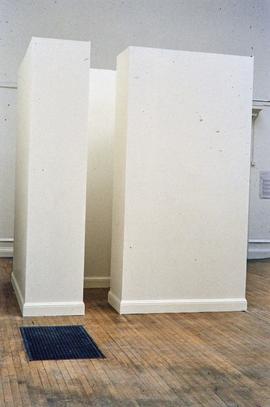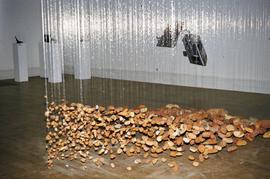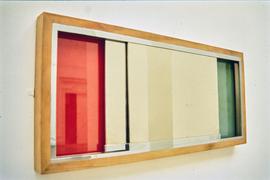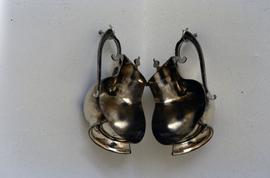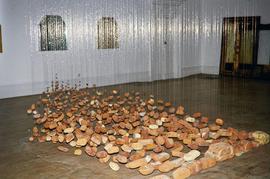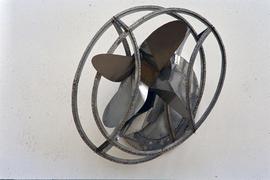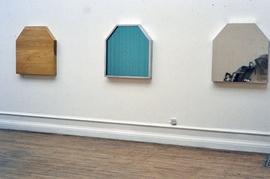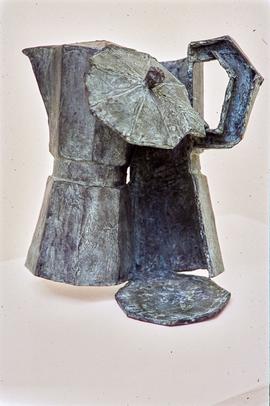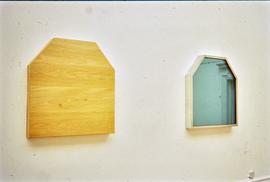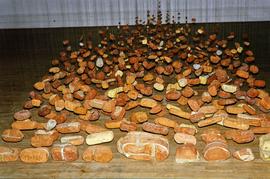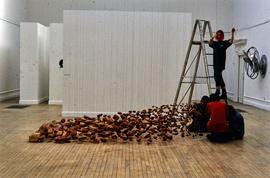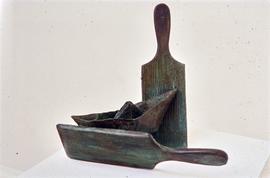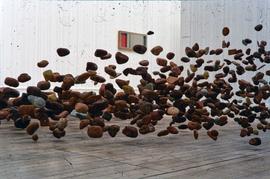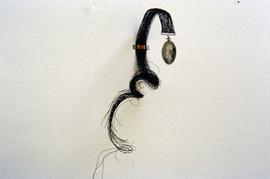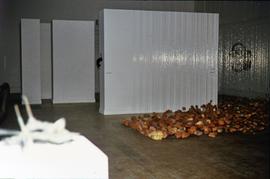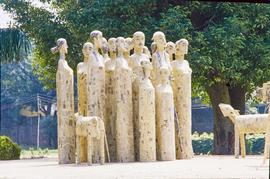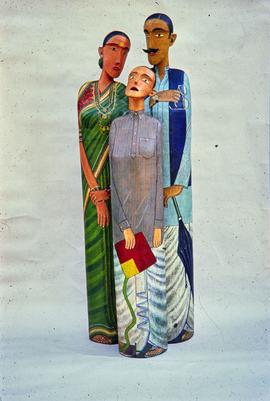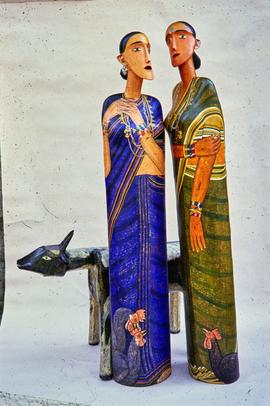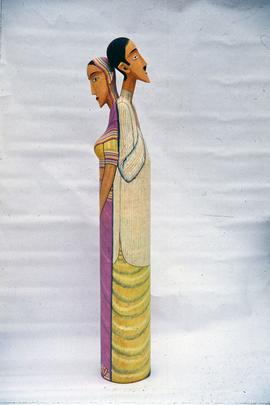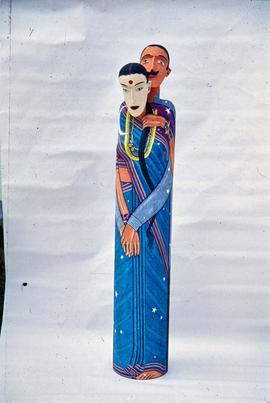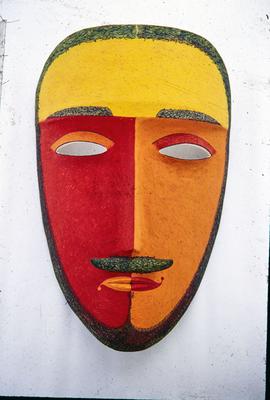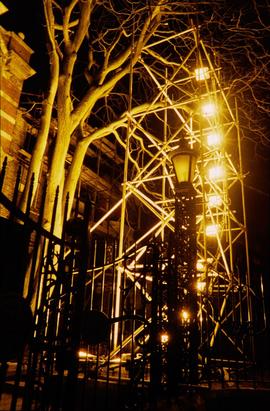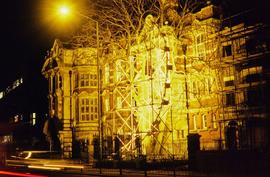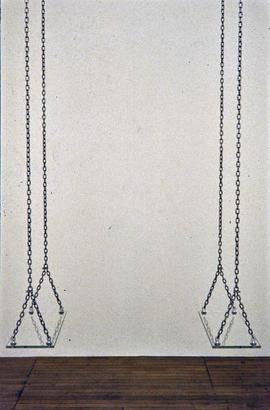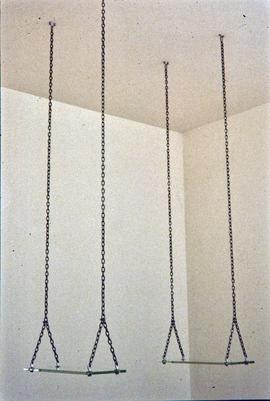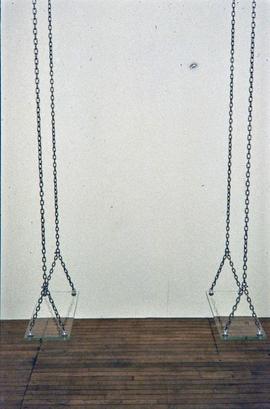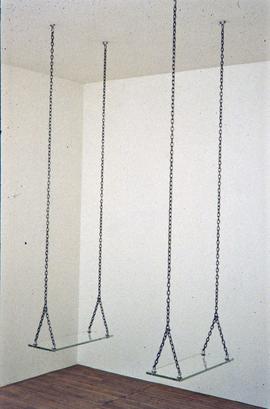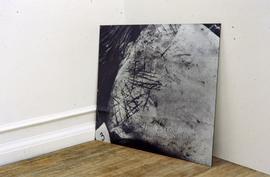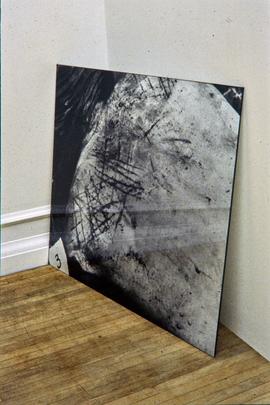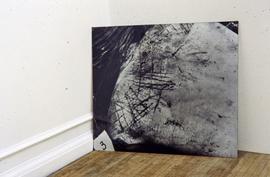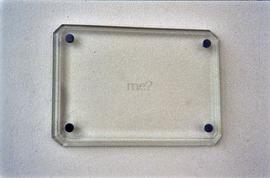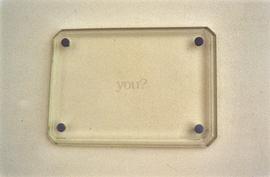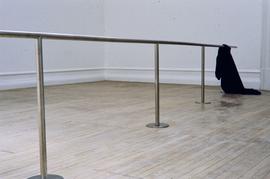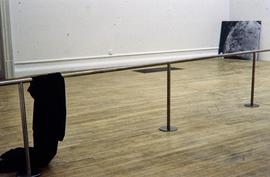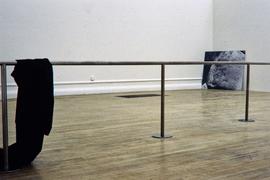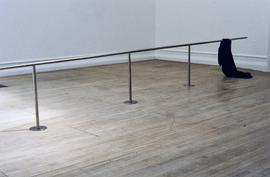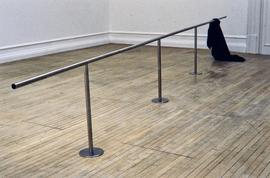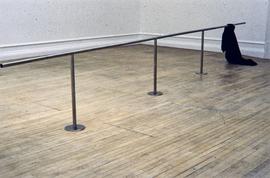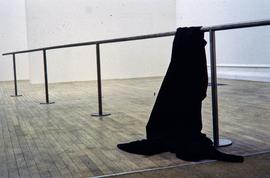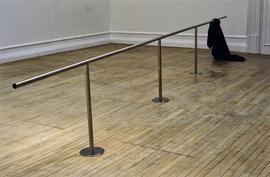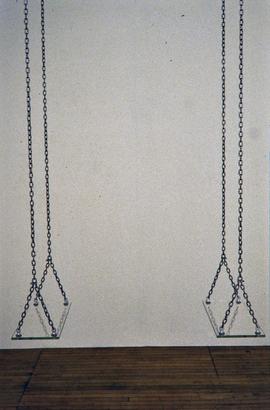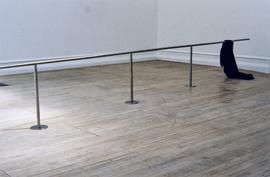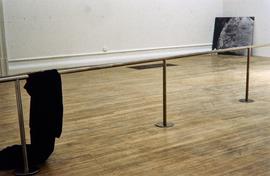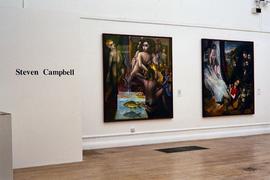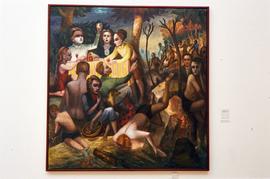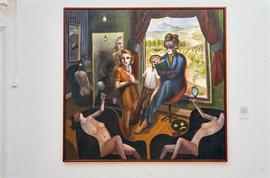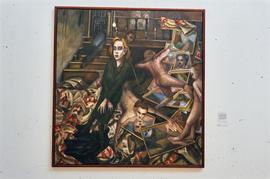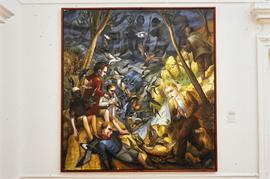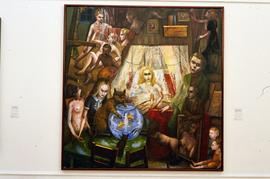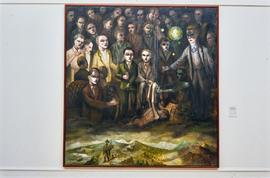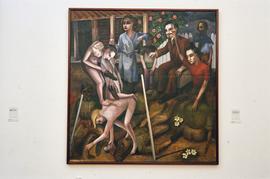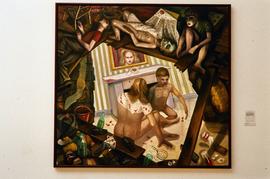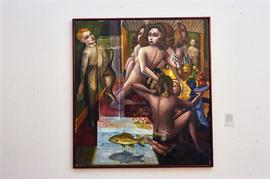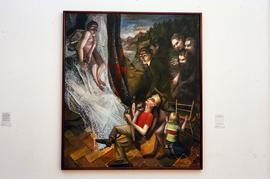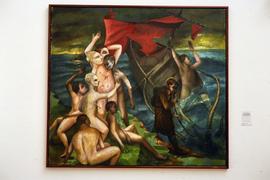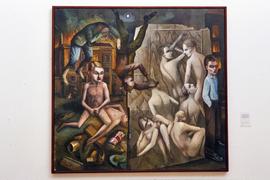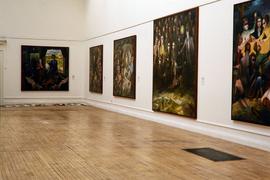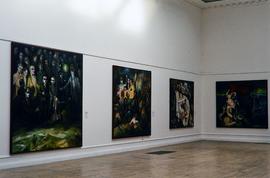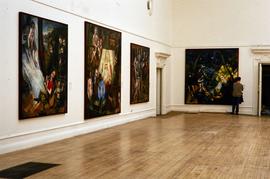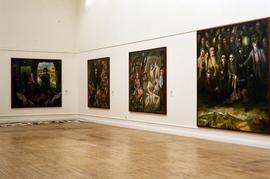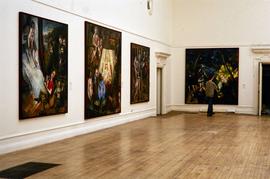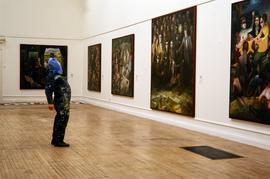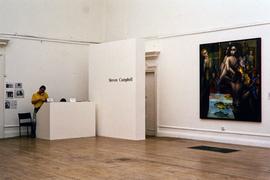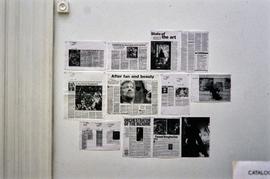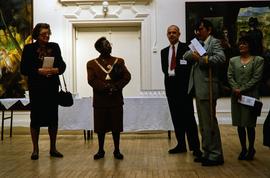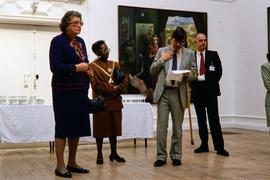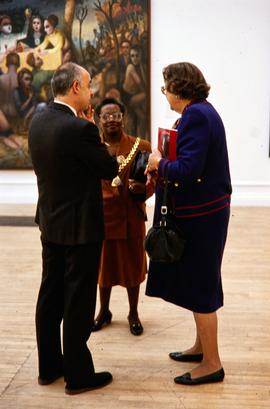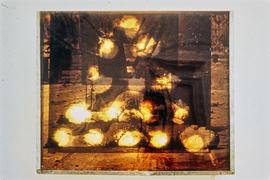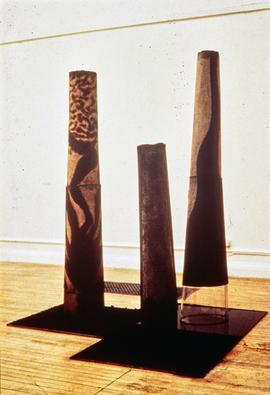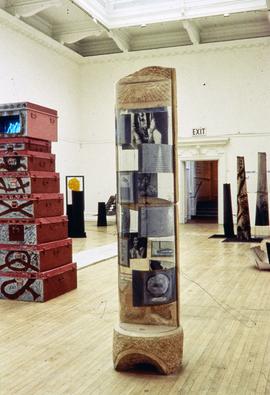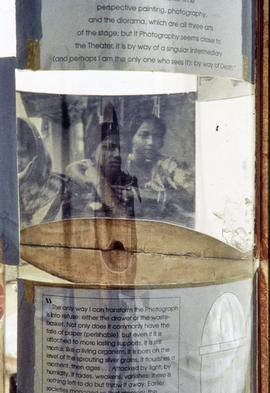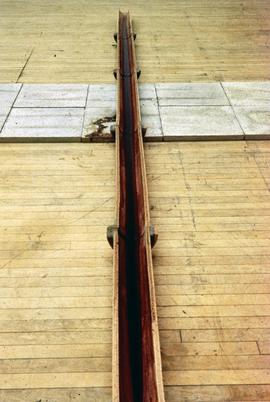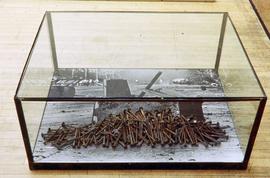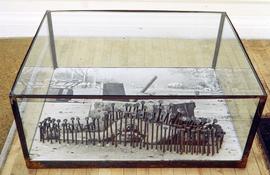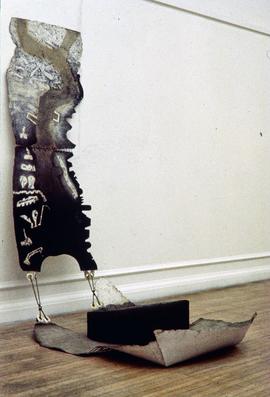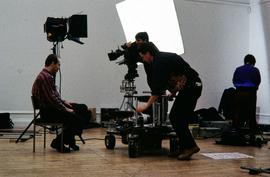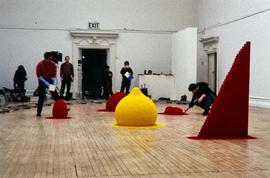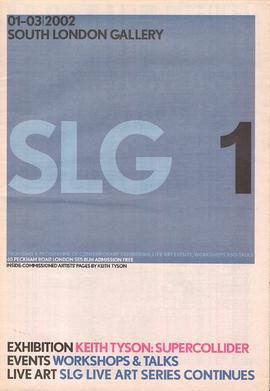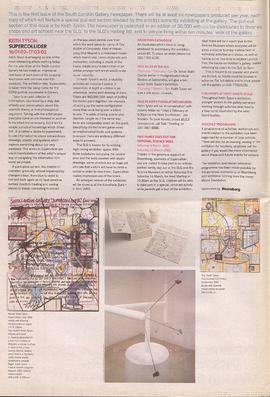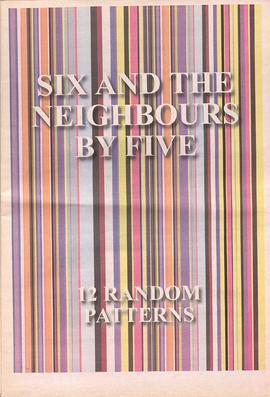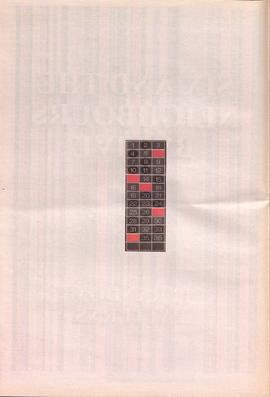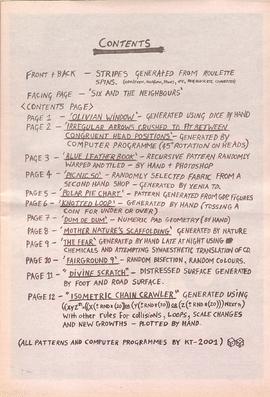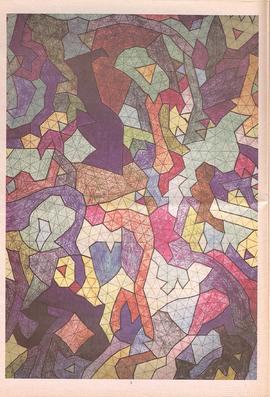Reference code
Title
Date(s)
- 1870s to 2018 (Creation)
Level of description
Extent and medium
Name of creator
Repository
Archival history
The South London Fine Art Gallery was operating under this name by 1884, possibly a few years earlier. According to the gallery’s early reports, it was founded in 1868: this refers to the date William Rossiter established the South London Working Men’s College in Blackfriars. In the 1870s the college moved to Kennington where it was supplemented by a free library, run out of Rossiter’s home. A selection of works of art started to be displayed and by the 1880s the college, library and gallery had become one organisation, by then known as the South London Fine Art Gallery. In 1884 the gallery moved to Battersea, with a subsequent move to Camberwell in 1887. Wanting a more permanent home for the growing art collection (mainly on loan or given to the gallery by artists and other private collectors) in 1889 Rossiter bought Portland House on Peckham Road and raised the necessary funds to build a large exhibition space in the garden. He was helped in this endeavour by the gallery’s influential council, which included Sir Frederic Leighton, Edward Burne-Jones, G. F. Watts and Walter Crane. The new gallery opened in May 1891 and a formal trust deed was signed the same month.
In 1892, the newspaper magnate and philanthropist John Passmore Edwards gave money to build a lecture hall to the rear of the main gallery, which also provided additional display space. (The hall suffered bomb damage during the Second World War; it was not restored and was pulled down in the 1960s.) In 1896, ownership and management of the gallery passed to the Vestry of Camberwell (transferring automatically to the Borough of Camberwell when it was formed in 1900, and then to the newly created Borough of Southwark in 1965). Passmore Edwards donated more funds, this time to building a technical college next door to the gallery; this later became known as Camberwell School of Arts and Crafts. A new façade, designed by Maurice Adams, connected the gallery and college which, for a time, were run as one organisation known as the Passmore Edwards South London Art Gallery and Technical Institute.
Throughout the twentieth century, a structured programme of temporary exhibitions was shown at the gallery, most of which were arranged by other organisations, such as the Art Exhibitions Bureau and local exhibiting groups. Shows did sometimes draw on the gallery’s own permanent art collection which had been steadily growing since the 19th century.
Although managed by the council, the gallery always retained its own identity. This became more pronounced with the appointment of David Thorp as director in 1992; the name was changed to the South London Gallery and it began to use its own letterhead. The exhibition programme changed dramatically and now focused on contemporary art.
Margot Heller was appointed director in 2001 and the South London Gallery (SLG) continued to build on its national and international reputation. In 2003, the gallery separated from Southwark Council to become an independent charitable trust managed by a board of trustees. The same year architects Stanton Williams and artist Ori Gersht were appointed to develop a plan to enhance and extend the SLG building. The initial phase of this project was completed in 2004. A further building project, completed in 2010, significantly expanded the gallery’s spaces. Designed by 6a architects, the previously derelict neighbouring three-storey house was redesigned to provide additional galleries, a bookshop, café and a double height events space leading out onto the Fox Garden, designed by Fraser & Morris. To the rear, built on the site of the old lecture hall, the Clore Studio was designed as a flexible space for education workshops, talks, film screenings and private hire. This area was further transformed in 2016 when artist Gabriel Orozco designed a new permanent garden in the outside space adjacent to the Clore Studio. In 2018 the SLG opened a new annexe in the former Peckham Road Fire Station, a Grade II listed building donated to the gallery by an anonymous benefactor.
Immediate source of acquisition or transfer
Scope and content
The South London Gallery archive contains material documenting the gallery’s activities from its origins in the 1860s onwards. It mainly includes: early reports and correspondence (1880s to 1920s); exhibition files; print and marketing materials; visitor books; photographs; videos; and press cuttings.
The archive collection is separate from the SLG collection of artworks and coins.


